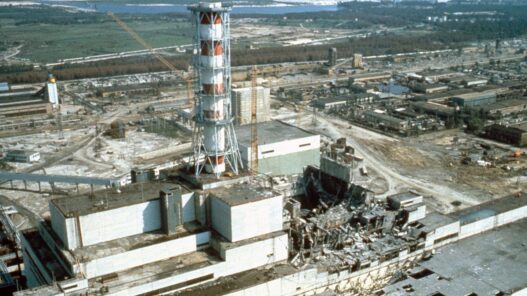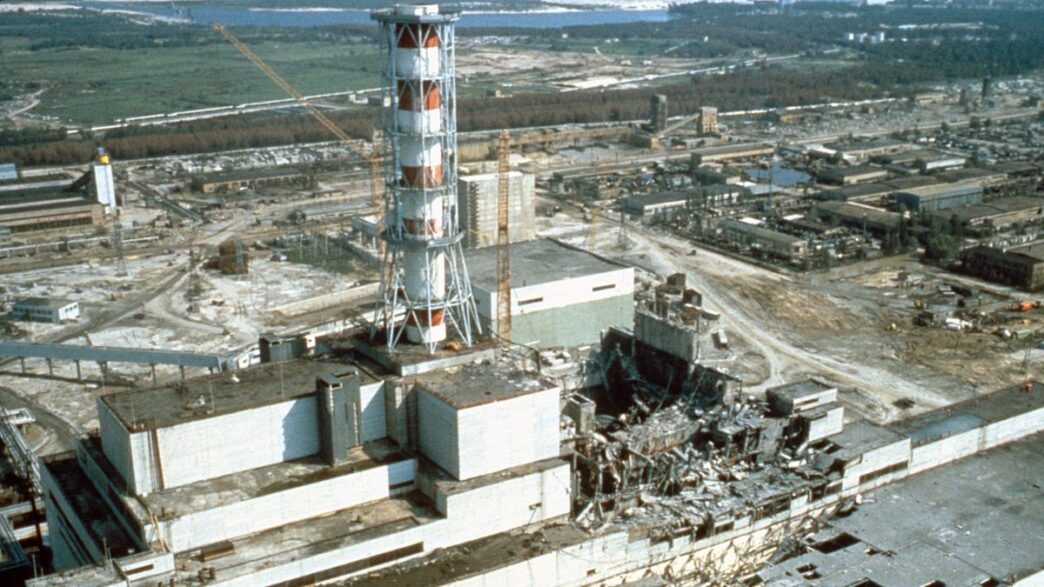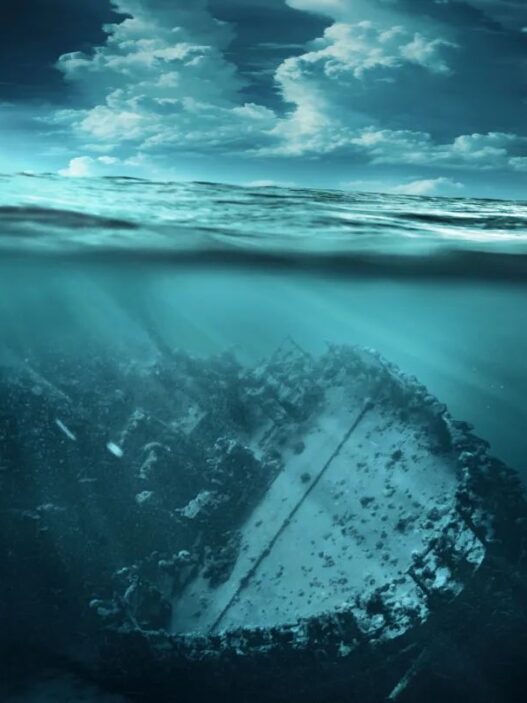38 years ago, in what was then Soviet-controlled Ukraine, a newly established town named Pripyat was home to around 300,000 residents. The town, with an average age of just 24, was vibrant and full of youthful energy. Life in Pripyat was peaceful and prosperous, resembling an idyllic paradise. However, this serenity would be shattered by a disaster that would change the world forever—the infamous Chernobyl Disaster.
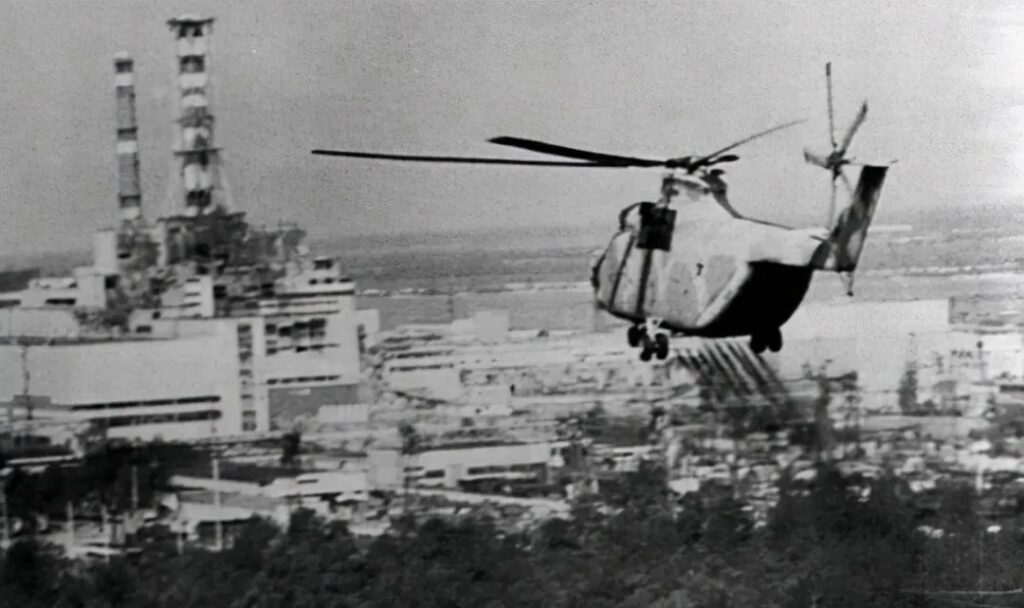
A Tragedy Strikes: The Chernobyl Explosion
On the night of April 26, 1986, at 1:23 AM, a thunderous explosion tore through the sky, shaking the earth. A massive column of fire erupted like a furious dragon, lighting up the night as if it were day. In the peaceful town, residents remained unaware that disaster had silently arrived. The Chernobyl Nuclear Power Plant reactor number four exploded, releasing 50 tons of nuclear fuel into the atmosphere. The radiation levels soared to an astonishing 30,000 roentgens per hour, rapidly spreading across the region. For comparison, a dose of 400 roentgens is fatal, making the magnitude of this event almost unimaginable.
The Cause: A Deadly Mistake
The explosion was the result of a botched experiment. A group of young scientists attempted to test the reactor’s self-power system to improve energy efficiency. However, due to a series of errors, the test escalated into the worst nuclear disaster in history. At the time, there were too few trained nuclear scientists, and inexperienced operators were common. As the nuclear technology was still in its early stages, the severity of the accident wasn’t immediately acknowledged, which allowed the crisis to spiral out of control.
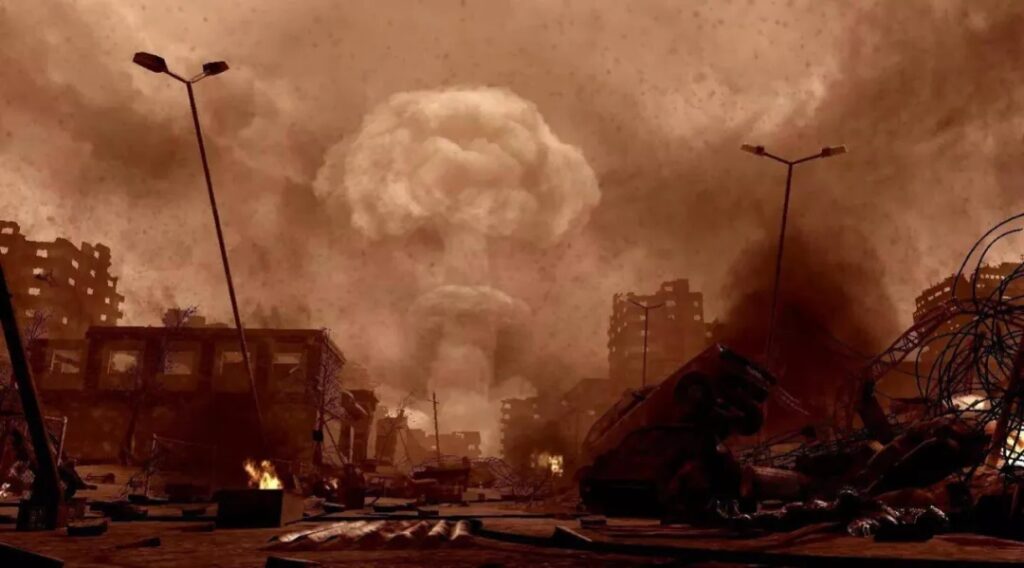
The Devastating Effects: A Deadly Cloud
By the afternoon of the disaster, radiation levels had reached 600,000 times the normal level. The first signs of trouble came from fishermen near the reactor, who began to feel intense symptoms like nausea, chest pain, eye irritation, and severe headaches. Within hours, the situation worsened. The fishermen’s skin turned black, and they developed painful ulcers that spread rapidly, eventually leading to their deaths. The disaster spread throughout Pripyat, affecting everyone in its path.
The Aftermath: Losses and Legacy
The explosion directly caused the deaths of over 80,000 people, and the radioactive fallout affected an area of over 155,000 square kilometers, impacting more than 8 million people. To put it into perspective, the radiation released was over 400 times more powerful than the atomic bomb dropped on Hiroshima during World War II. The immediate financial damage was estimated at $200 billion, but the long-term costs—environmental and human—are incalculable.

The Evacuation: A Chaotic Exodus
On April 28, evacuation efforts began. More than 1,000 buses arrived to evacuate the residents of Pripyat, who were given just two hours to pack. They were allowed to take only three days’ worth of food and essentials, leaving behind everything else—including their pets. As buses departed, many dogs were seen chasing after the vehicles, howling in desperation, adding an emotional layer to the tragedy.
18 Days of Silence
It wasn’t until 18 days later that the Soviet government officially acknowledged the disaster. Nuclear energy had “escaped human control,” they admitted, and the efforts to contain the crisis intensified. Workers fought tirelessly to extinguish fires, bury the radioactive materials in sand, and encase the reactor in concrete to prevent further damage to the environment.
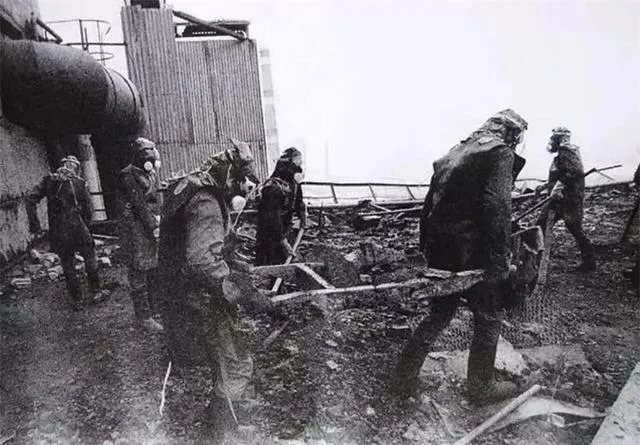
The Zone of Alienation: A Lasting Legacy
38 years later, the area within a 30-kilometer radius of Chernobyl remains a barren wasteland—what is now known as the “Chernobyl Exclusion Zone.” The surrounding land remains contaminated, and the region continues to be uninhabitable. The area impacted by radiation is massive, and it’s estimated that nearly 8.4 million people were affected.
Chernobyl and Beyond: A Global Reminder
The Chernobyl disaster is not the only example of a catastrophic nuclear event in history. The bombing of Hiroshima during World War II is another stark reminder of the destructive power of nuclear energy. In more recent times, Japan’s controversial decision in 2023 to release nuclear wastewater into the ocean has sparked international outrage. This act, considered irresponsible by many, poses a long-term threat to marine ecosystems and human health. Experts believe that the environmental damage from Chernobyl will take at least 200,000 years to fully recover from, making the legacy of nuclear disaster one that will last for generations.
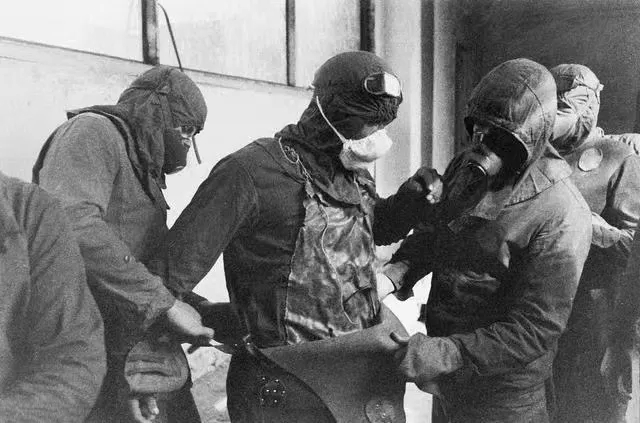
Lessons for the Future
Nuclear energy, while holding great promise as a clean energy source for the future, also carries the potential for irreversible destruction. As humanity continues to explore deeper into the realm of nuclear power, we must ensure that safety and responsibility are prioritized. The Chernobyl disaster, along with ongoing concerns like nuclear wastewater disposal, should serve as a poignant reminder of the need for vigilance and regulation to prevent such tragedies from happening again.





